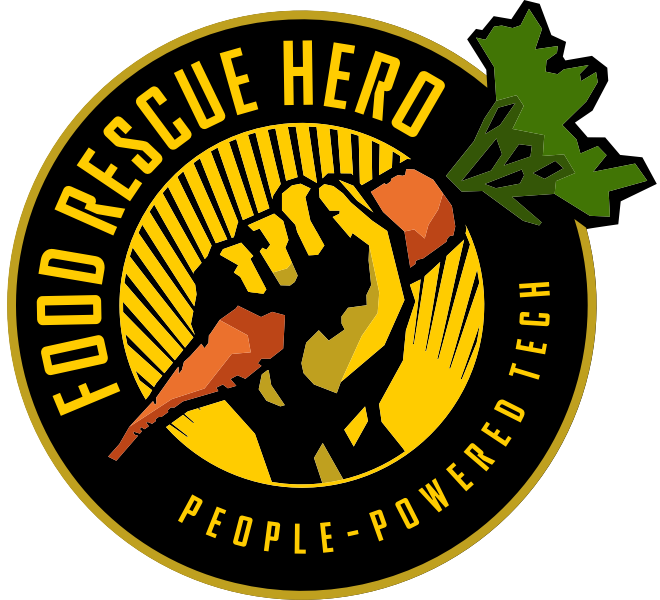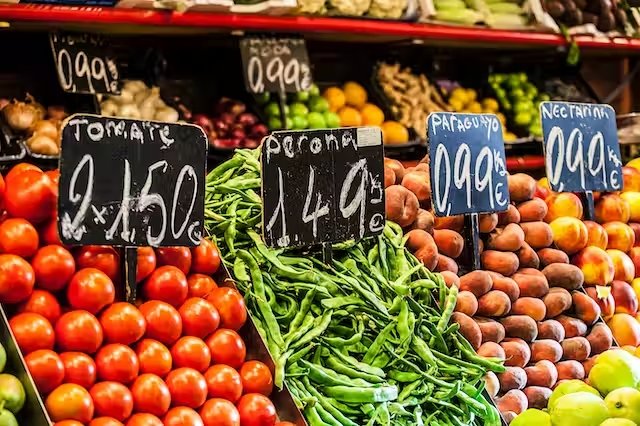Thinking it’s the price of food? Think again.
There is a new metric at the forefront of the food insecurity conversation in the last few years: “food affordability.”
“Food price” has been the flagship metric for a long time. It reflects the cost of a particular item or group of items and watches how it changes over time (e.g. the cost of bread went up by a dollar over the last month). It does not reflect, however, how a ten dollar increase for a bag of fresh groceries may be the very difference maker, determining which fresh items a family can and cannot buy.
This is where “food affordability” comes into play. While food price is a fixed number, food affordability is the ratio of food price to wages. This metric factors in a family’s ease of obtaining healthy food even if they are not making a higher level of income.
On July 21, the Food Rescue Hero Network, composed of 17 food recovery organizations around the country, including 412 Food Rescue, hosted a public listening session to explore food accessibility. This session was simultaneously supported via Twitter Chat, as a series of seven listening sessions and Twitter Chats hosted between July 21 and September 1. These insights will be shared publicly as part of the White House conference on Hunger, Nutrition and Health on September 28. You may notice a common thread of issues in Pittsburgh as well as from communities across the country. This is due to the nuanced nature that separates food affordability, the price of food, and food access.
The following provides highlights of the questions and answers gathered from this public listening session, to offer added context, definition and contemporary representation of food affordability at the community level in the United States today:
What is food affordability?
“Affordability often needs to be looked at in comparison to income. Making something affordable to one person may not be affordable to another. Increasing food distribution at each level makes sure everyone has access to healthful foods, regardless of income.”
“One thing I would love to see is including the access to nutrient-dense foods. Being able to access food that will nurture you & your family is the true goal.”
What does food affordability or the lack thereof mean in your community?
“The reason many of the people in our community struggle with food affordability is because they rely on food assistance. It may be affordable, but is often not secure and can be taken away at any moment. Increasing local food networks can help relieve a lot of this.”
“What’s often most affordable is the raw ingredients – but the people who need affordability are often also short on time. Cooking isn’t an option, and healthy prepared meals are too expensive. Expanding programs like SNAP to include prepared food could help.”
How does your community encourage food affordability?
“Leveraging retailer data to give insight into food donation opportunities, relieving some of the food insecurity with healthful, affordable options.”
“Rooftop gardens that can be maintained by public housing residents then directly support that individual community. But there’s a lot of growth opportunity to scale to a holistic food access program in the community.”
How can local leaders impact greater food affordability?
“Building infrastructure for food – cold storage and new distribution methods – to avoid waste of perishable, nutritious food. Also using vacant land towards a community land trust that benefits local residents through food and sales.”
“There’s often not an in-depth food recovery effort locally. It’s difficult for retailers to connect with individuals who will take the food they want to donate. Local governments can support these partnerships to increase the impact retailers can have through donated food.”

TJ Watt of the Pittsburgh Steelers lends a hand delivering fresh groceries to families in Pittsburgh.
According to the WBCSD, food is “affordable” when anyone has the means and availability to buy the healthy food they want and need. There are two important parts of this: what counts as healthy food people want/need and how wages and availability are measured.
Often organizations will look at whether ‘hunger’ can be met by access to enough food to meet the minimum number of calories needed. However, these diets may not have the full nutrients needed, leaving people nutrition insecure. Often nutrient-rich diets are more expensive, reliant on perishable produce, or harder to obtain, making them less affordable for people. And this issue is exasperated at an international level, where an estimated 3 billion people cannot afford a healthy diet.
The other part of food affordability is having the “means and availability” to obtain it. Often this is a measurement of wages to see if people can pay for healthy food. Wages are sometimes calculated as the general average in an area and sometimes limited to an average of working class wages.
In a 2018 study of food affordability in the United States, a research group found that people spend 18% of their income on food. This was almost twice the amount the USDA estimated at the time (10%), and was achieved by breaking down the food price to wage comparison down to the county level. Out of this work, they found that food tends to be less affordable in rural areas.
While food affordability is giving us a better picture of the real-life barriers to getting nutritious food, there are many other factors that overlap and intersect to create the whole picture. Food access looks at whether an area has food available in that area. There are areas that are food deserts, where there is limited or no access to places to buy food – and multiple neighborhoods in Pittsburgh count at these.
Even if food is affordable in an area, sometimes other items are not. Cost of living, health costs, and housing affordability help show whether other areas of life are taking up a higher percentage of people’s wages and forcing people to make those difficult choices between essential items like healthy food vs rent.
Currently, there are many ways that communities are working to increase the affordability of food. Many places are working on creating better distribution and access to cheap produce through an increased number of local grocery stores, running community gardens, and food rescue operations like ours all help improve access to nutritious food. The issue, however, is far more complicated than just access. There are also many groups tackling the other side of the ratio, advocating to improve local wages and the affordability of other essential costs of living.

Food Rescue Heroes at 412 Food Rescue in Pittsburgh pick up a donation of prepared chicken & greens to distribute to a local community center.
In the near-term, one of the immediate areas of opportunity remains apparent and continues to fuel teams like us in Pittsburgh, as we work hard to motivate volunteers to join our movement to rescue more food vulnerable for waste. It’s a sense of urgency that propels our every day work and why we’re particularly earnest about hosting the first, national Food Rescue Conference on October 20 and 21, live streamed everywhere from Pittsburgh and presented by Food Rescue Hero. Recovering food that’s about to get thrown away, every day at the community level, can fortify people at the grassroots, neighborhood level, who do not have access or means to get healthy, nutritious food they need for their families. Indeed more will need to be done to achieve the goal the White House has set: to end hunger by 2030.




